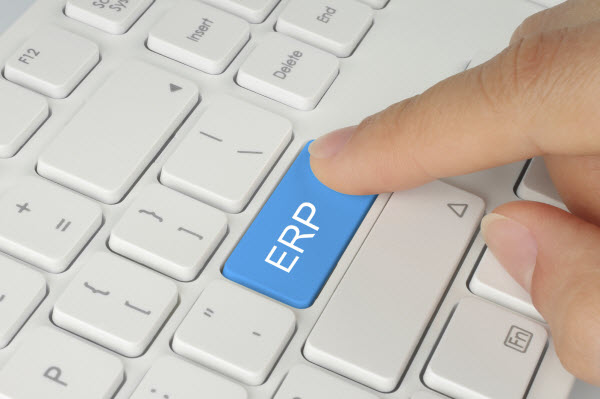Many companies spend a small fortune and years of effort implementing an Enterprise Resource Planning (ERP) system only to find themselves still struggling to manage their manufacturing operations. Why? Isn’t this software supposed to do everything? Most ERP systems either focus on financials (accounting, procurement, payroll) or they come from the MRP (Manufacturing Resource Planning) world of parts inventory and scheduling. As these companies branch out to the “other side” of the ERP world, they either buy a company that did that well and try to integrate it all together or they write their own software modules for areas that aren’t their expertise. In either case, customers spend millions of dollars or euros and years of effort implementing the costliest software their company will ever own, only to learn that ERP isn’t all it was advertised to be.
ERP Is Not Shop Floor Management
While their ERP might provide costs, electronic routings, and issue parts from inventory, they must still manage their manufacturing shop floor with paper instructions, quality forms, tooling calibration stickers, machine setup and maintenance specs, hand-crafted control charts, and reports from their worker certifications and time clocks. This is all so difficult to manage, that many workers ignore those binders full of paper documents and just get on with the job. What follows is a nightmare of engineering changes, non-conformance and rework, shift place-keeping errors, work instruction updates, training records, paper shuffling, and electronic systems that are updated “when we get time.” With a sigh of relief, product goes out the door to a customer, only to come back for warranty work, maintenance and the occasional recall. Now it is out to the records warehouse to figure out exactly what went into that unit so we can prove to the government regulatory body that our process met specs. How could we have spent so much time and effort and still have this mess on our shop floor?
The answer is that ERPs are designed to manage financials and inventory, not your shop floor. Manufacturing Operations Management (MOM) systems were designed to do this. A good MOM manages your work instructions, quality requirements, data collections, part usage, tool calibrations, worker certifications, revisions and red-lined processes, non-conformances and rework, and provides a record of how your product was built by seamlessly integrating all those needs into a simple execution system on your shop floor. MOM systems are centered on your operators, freeing them up to do the work, not manage paper. When you free up your workers to do their jobs, you end up with traceability, regulatory compliance, and repeatable, quality processes.
So don’t throw out your ERP, just realize its limitations and utilize it for what it does best: managing costs. Let your MOM manage the shop floor.





